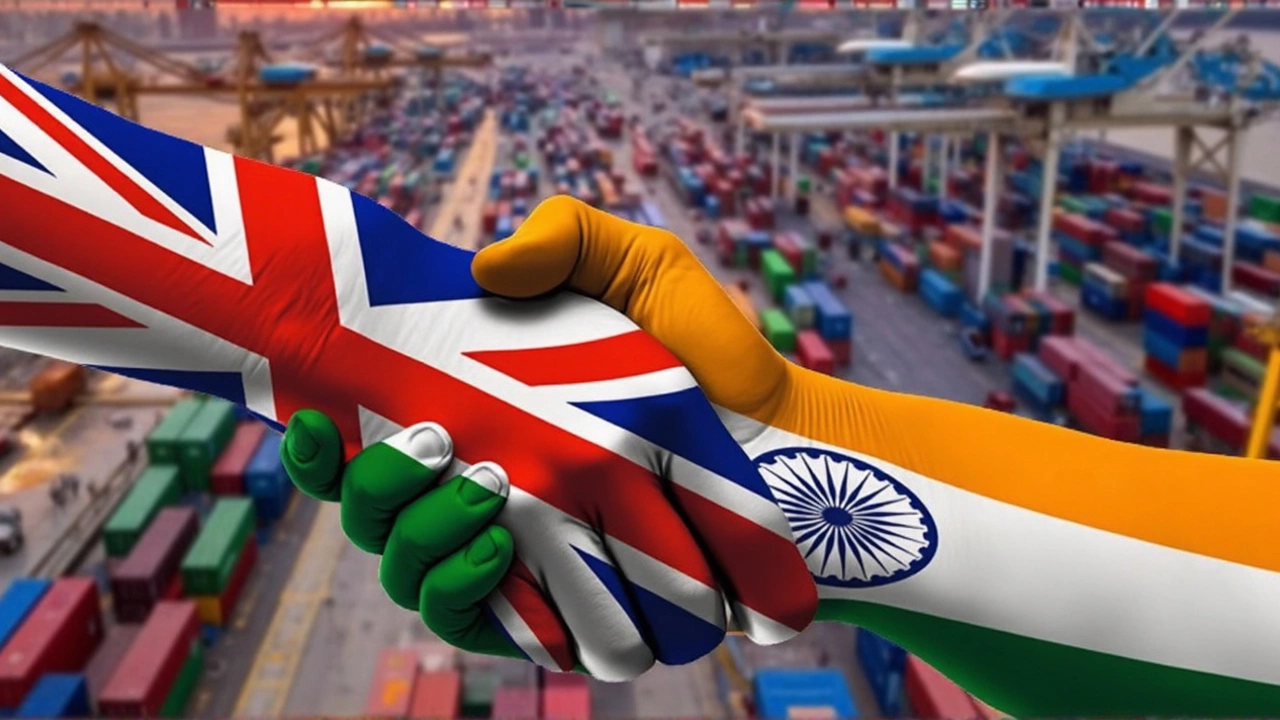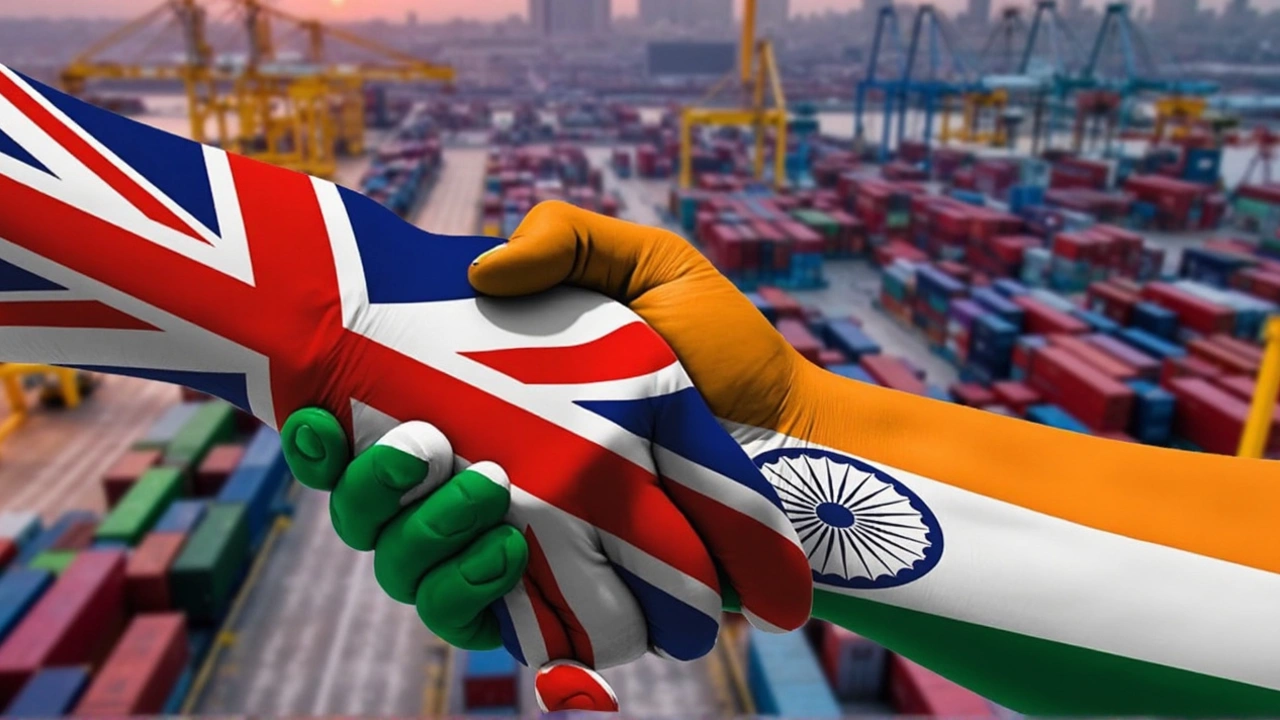India-UK Free Trade Agreement – Quick Facts and Real‑World Impact
India and the United Kingdom have just sealed a historic free trade deal that promises lower tariffs, smoother customs, and stronger ties across sectors. If you wonder how it touches your wallet, job, or favourite products, you’re in the right spot. Let’s break down the headline points and see what changes you can expect.
Key Provisions in Plain English
The agreement cuts duties on more than 3,000 goods, ranging from British whisky and Indian textiles to farm equipment and automotive parts. Services get a big boost too – financial, legal and tech firms will face fewer barriers when setting up shop across the two markets. Both sides also pledged to protect intellectual property, streamline rules of origin, and cooperate on standards like food safety and environmental protection.
What It Means for Businesses and Consumers
For Indian exporters, the UK market becomes cheaper to enter. A small textile startup could ship shirts to London without paying the 10%‑plus tariff it used to face. British food producers, meanwhile, will see a smoother path for cheese, beef and cereals heading to Indian supermarkets. Consumers benefit from lower prices and more variety – think of enjoying a British roast dinner or Indian spices without the hefty import tax.
Investors are also eyeing new opportunities. Joint ventures in renewable energy, digital infrastructure and pharmaceuticals are set to grow as both governments promise fair treatment and transparent regulations. If you’re a job‑seeker, sectors like fintech, logistics and education could open up new roles that require cross‑border expertise.
Small and medium enterprises (SMEs) often fear red‑tape, but the deal includes a dedicated “SME desk” in each country to help navigate paperwork, get certifications, and resolve disputes quickly. This practical support aims to level the playing field between big corporations and local firms.
One less‑talked‑about benefit is the boost to travel and tourism. With simpler visa processes for business travelers, a Delhi‑based consultant can attend a London conference in a few clicks, and UK tourists can explore Indian heritage sites with fewer hassles. That translates into more spend on hotels, food and local transport.
Critics warn about competition, especially for farmers worried about cheaper imports. The agreement addresses this by extending a transitional period for sensitive agricultural products, giving Indian growers time to adapt. Meanwhile, the UK agrees to keep certain safeguards for its own farmers, aiming for a balanced approach.
Overall, the India‑UK Free Trade Agreement is more than a paperwork exercise. It’s a roadmap for deeper economic collaboration that could affect daily life, from the price of a cup of tea to the jobs you apply for. Keep an eye on industry news, as new guidelines and sector‑specific deals will roll out over the next year.
Got questions about how the FTA impacts your business or personal purchases? Drop a comment below – we’ll break it down in simple steps and help you make the most of this new trade era.

India and the UK have signed a landmark Free Trade Agreement, slashing tariffs on Scottish whisky and cars, and easing visa rules for IT professionals. The deal is set to boost trade, create jobs, and drive innovation across both countries, deepening a strategic partnership.

India and the UK clinched a groundbreaking Free Trade Agreement, slashing tariffs and unlocking fresh job opportunities. With almost all Indian exports—especially textiles—set for duty-free access, and UK liquor facing lower taxes in India, this deal is poised to reshape bilateral trade. The pact includes tax relief for cross-border businesses and sets the stage for India's next big trade moves.

